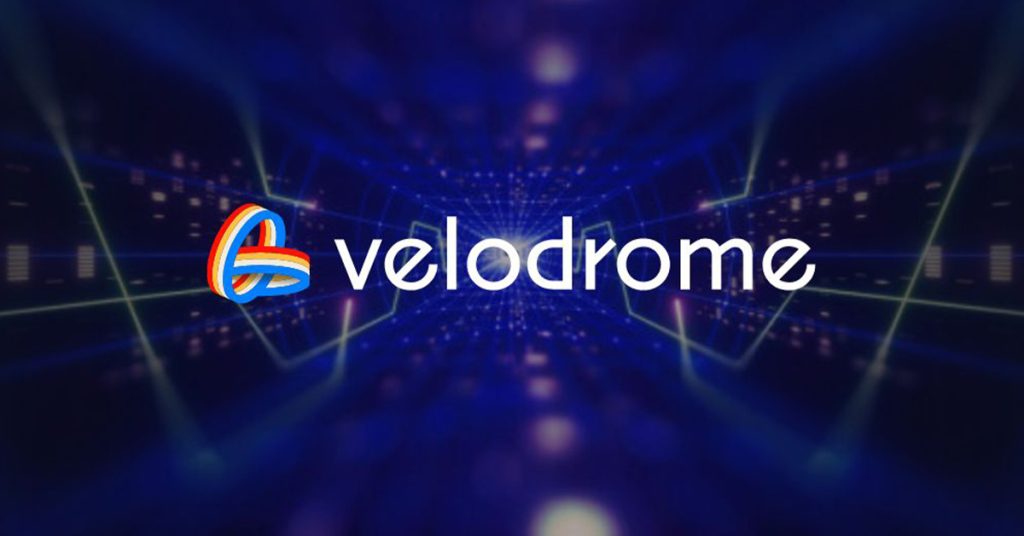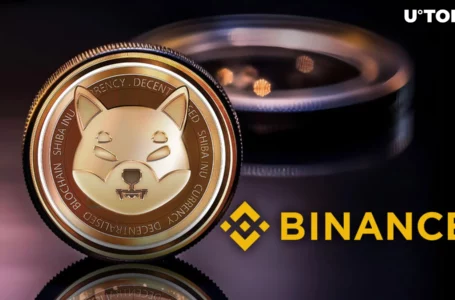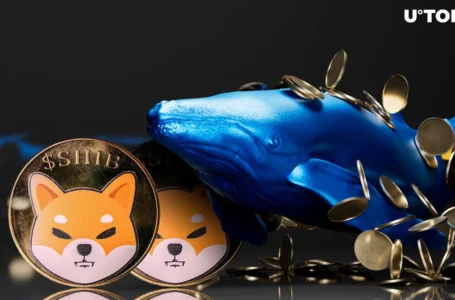
In the final breaths of the 2021 bull market, DeFi legend and developer Andre Cronje, launched his highly anticipated project, Solidly, on the Fantom blockchain. Solidly launched on Feb. 24, 2022, aiming to bring its own revolutionary concept to DeFi by combining the vote-escrow model popularized by Curve Finance and the (3,3) game theory model from OlympusDAO.
Solidly had planned to distribute its own tokens via airdrop to the top protocols by Total Value Locked (TVL) in the Fantom ecosystem. As a result, protocols fought fiercely to attract liquidity to their protocols, with some new projects spawning with the specific intention of garnering the most control over Solidly. One of the largest of such projects was veDAO.
Alas, the Solidly project was not meant to be, with Andre announcing his departure from crypto just days after Solidly launched. The move quickly crippled the Fantom ecosystem as the bear market raged on.
However, this was not the end for veDAO. Instead, they adapted and shifted their focus to Optimism, one of the most promising Ethereum Layer 2 solutions. They sought to bring the best elements of Solidly to Optimism and improve on the shortcomings of the original model. Out of these efforts grew a strong and dominant project: Velodrome. The decentralized exchange (DEX) now sits at the top of Optimism, holding more than 32% of all TVL on the chain.
How Does Velodrome Work?
Velodrome is an automated market maker (AMM) protocol aiming to provide deep liquidity and low slippage swaps. It was designed off Solidly’s design with a few key modifications to avoid the pitfalls that Solidly fell to. Velodrome also aims to be a public good for the Optimism ecosystem to support its growth.
The key problem with most AMMs was that emissions were often tied to liquidity, rather than to trading volume, which generates fees for the protocol. To circumvent this, Velodrome allows holders of their native token, VELO, to lock them for a selected duration between 1 week to 4 years. The longer the lock, the more veVELO the user receives, which grants them more voting power.
Their position in locked VELO will be represented as an NFT (also known as veNFT) which can then be traded on NFT marketplaces. Rebasing is also used to ensure that VELO lockers were not significantly diluted, where veVELO is distributed to VELO lockers, proportionate to their locked amount.
Once the user locks their VELO, they are able to use their voting power to direct liquidity emissions to specific pools. Liquidity emissions from Velodrome are distributed proportionally based on votes received by each pool. In return, these voters receive 100% of all fees and bribes received by the specific pools that they voted for.
Bribes come from external parties such as protocols looking to incentivize specific pools. For example, an emerging project might want to incentivize a liquidity pool of their native token to create sufficient liquidity for their token. Bribes flow to voters which incentivizes them to vote for the pools with the highest combined value of bribes and fees. Consequently, this directs VELO emissions to these pools which benefits liquidity providers, hence attracting more users to deposit liquidity into said pools.
Through such a mechanism, protocols paying out bribes can incentivize more than $1 of liquidity to be provided for every $1 in bribes spent.
VELO Tokenomics
Velodrome sought to surpass Solidly by fixing the issues in Solidly’s design. Many of these issues were in tokenomics, which Velodrome was quick to address. The first of these was emissions.
Solidly distributed a significant portion of its tokens in its initial airdrop. This left little to incentivize future growth for the protocol, preventing the positive flywheel from creating long term ecosystem growth. Velodrome lowered initial emissions and released VELO tokens over a longer timeframe. Moreover, while rebasing was still a feature, it was reduced so that token lockers were still diluted but at a very slow rate compared to Solidly, which did not dilute lockers at all.
Conclusion
One year on from Fantom Solidly’s rapid rise and fall, Solidly forks have become some of the best performing forks by TVL.
Despite the bear market in 2022, Velodrome continued to build and ship features to users in the expanding Optimism ecosystem. In 2023, many eyes will be watching the Velodrome V2.0 deployment closely and the future developments to come from one of the most exciting teams in DeFi today.



















